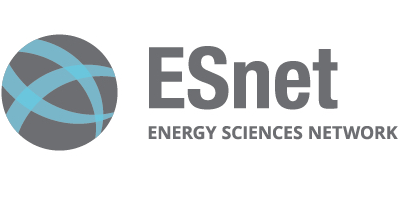Experiences
Machine Learning Research Intern, Lenovo Research
Manager: Grant Lloyd, Executive Director, Lenovo Research
Mentor: John Nicholson, Principal Research, Lenovo Research

June - November 2024
My responsibilities at Lenovo Research primarily focused on addressing challenges related to Low-Light Imaging & Video for Lenovo Thinkpads. My journey took me to probe dynamic resolution model training strategies, aiming for unparalleled model robustness. This curiosity paved the way for me to delve into, implement, and seamlessly integrate state-of-the-art super-resolution deep learning frameworks. These frameworks, designed with an emphasis on being lightweight, merged effortlessly with low-light image and video enhancement, making them apt for real-time applications. Additionally, my explorations led me to innovate with new loss functions, optimizing the entire spectrum of data preprocessing, management, and generation, all with an eye on expediting the training process.
Machine Learning Research Intern, Motorola Mobility & Lenovo Research
Manager: Grant Lloyd, Executive Director, Lenovo Research
Mentor: John Nicholson, Principal Research, Lenovo Research

At Lenovo Research, my primary challenge was to address the Low Light Imaging conditions prevalent in Lenovo ThinkPads, Tablets, and Motorola smartphones. As the dataset owner for my team, I delved deep into understanding and organizing our data, leading the way in triaging, building histograms, and implementing the training model. I implemented and trained a redesigned generative model that served better for the Thinkpad use case. Performed data-centric structuring for better model generalization to counter distribution shifts.
Ph.D. Summer Intern, Lawrence Berkeley National Lab (LBNL), ESnet
Supervisor: Dr. Inder Monga, Division Director, ESnet
Mentor: Dr. Ezra Kissel, Research Engineer, ESnet

At Lawrence Berkeley National Lab (LBNL) within the Energy Science Net, I embarked on a journey to refine and redefine data transfer protocols. I deployed an innovative deep learning strategy designed to automate the dynamic auto-tuning of pacing rates within Data Transfer Nodes (DTNs). Venturing deeper into the system's intricacies, I engineered kernel-level system and traffic control operations, all housed within the DTNaaS (Data Transfer Node as a Service) docker container. Complementing these efforts, I also integrated a versatile tool capable of offering dynamic visualizations of elastic search data. This tool was pivotal in facilitating real-time parameter optimization, ensuring efficient and effective data transfers.
Research Intern, Lawrence Berkeley National Lab (LBNL), NERSC
Supervisor: Dr. Nicholas (Nick) James Wright, Group Lead, ATG Lab
Mentor: Dr. Brian Austin, Staff Engineer, NERSC

At Lawrence Berkeley National Lab (LBNL) within the National Energy Research Scientific Computing division, I embarked on a journey to refine and redefine data transfer protocols. I deployed an innovative deep learning strategy designed to automate the dynamic auto-tuning of pacing rates within Data Transfer Nodes (DTNs). Venturing deeper into the system's intricacies, I engineered kernel-level system and traffic control operations, all housed within the DTNaaS (Data Transfer Node as a Service) docker container. Complementing these efforts, I also integrated a versatile tool capable of offering dynamic visualizations of elastic search data. This tool was pivotal in facilitating real-time parameter optimization, ensuring efficient and effective data transfers.
Machine Learning Academic Intern, Persistent Systems Ltd.
Manager: Kaustubh Bhadbhade, Executive HR and Manager
Mentor: Dr. Bhushan Garware, Technical Specialist

At Persistent Systems, I took a deep dive into the realm of facial recognition. Drawing inspiration from Google's FaceNET research, I developed a comprehensive facial recognition and verification system. Building upon this foundation, I integrated advanced OpenCV features, enhancing its capability to distinguish between 3-D and 2-D images. A significant challenge we encountered was addressing the hard-negative loss, an issue previously identified in Google's FaceNET paper. Through meticulous refinements, we managed to mitigate this concern. In addition to the research project, I also collaborated on the engineering project where, I crafted a browser-centric RSA-compliant module designed exclusively to seamlessly integrate with FIDO keys. Each step of this journey was geared towards creating a system that's both robust and user-friendly.